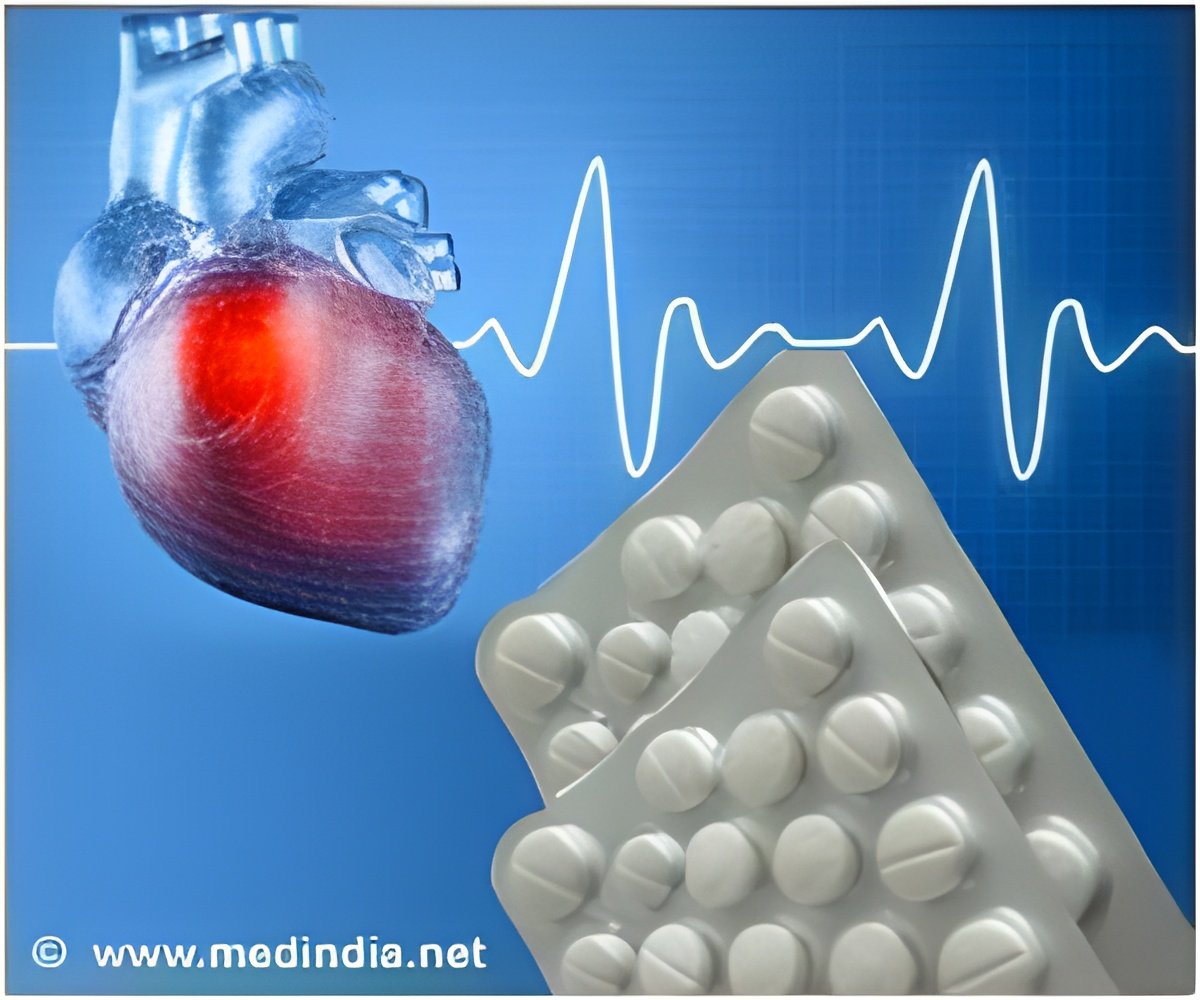
‘Analysis of data from MarketScan and Medicare showed women in the US who survive a heart attack are less likely than men to receive cholesterol-lowering statin drugs that can cut the risk of another heart attack or stroke.’
Tweet it Now
The 2013 American College of Cardiology/American Heart Association Guideline on the Treatment of Blood Cholesterol to Reduce Atherosclerotic Cardiovascular Risk in Adults recommends the use of high-intensity statin therapy for women and men less than 75 years of age with established heart disease for secondary prevention. "Prior studies have found that women are less likely than men to receive treatment with statins following a heart attack. Our study shows that even when women receive statins, these continue to be in lower intensities than the guidelines recommend. The underutilization of these drugs in women was not explained by sex differences in demographics, comorbidities or health care utilization," said Sanne A.E. Peters, PhD, a research fellow in epidemiology at the George Institute for Global Health at the University of Oxford and the lead author of the study.
Using the MarketScan and Medicare databases, researchers analyzed data from 88,256 U.S. adults who filled a statin prescription within 30 days after hospital discharge for a heart attack between January 2014 and June 2015. High-intensity doses were the first statin prescription fill following hospital discharge after heart attack for 47 percent of women and 56 percent of men.
Trends in sex differences in high-intensity statin use over time were examined using beneficiaries with the same inclusion criteria between January 2007 and June 2015. Overall, high-intensity statin prescription fills increased from 22 percent to 50 percent in women and from 27 percent to 60 percent in men.
Researchers found no evidence of the sex difference in the use of high-intensity statins post heart attack diminishing between 2007 and 2015 or following the publication of the 2013 ACC/AHA cholesterol guideline.
Advertisement
The researchers said clinicians may perceive women who have experienced a heart attack to be at a lower risk of recurrence than their male counterparts. A previous study found that sex disparities in treatment were in part due to clinicians' lower perceived heart disease risk in women. The sex difference in the use of high-intensity statins may be explained by variation at the hospital or health care provider level.
Advertisement
In an accompanying editorial, Annabelle Santos Volgman, MD, FACC, and colleagues at Rush Medical College, stated the importance of determining the barriers facing both women and men in receiving guideline-recommended care. They also noted pathophysiologic differences in the disease presentation in women and men may contribute to clinicians treating women less aggressively. Women are more likely to present with nonobstructive disease, which is not benign, but patients and doctors minimize the significance of nonobstructive coronary artery disease leaving patients undertreated with lower intensity statins.
They said, "We think sex should matter, as well as age, race and ethnicities when it comes to patient care and adherence to guidelines. Implementation of such sex-specific strategies will improve CVD outcomes for women and by doing so may also improve outcomes for men."
Limitations of the study include that pharmacy claims identified whether a prescription was filled and do not provide information about the actual written prescription, medication adherence or the reason a clinician may have prescribed a lower-intensity statin.
Source-Eurekalert














